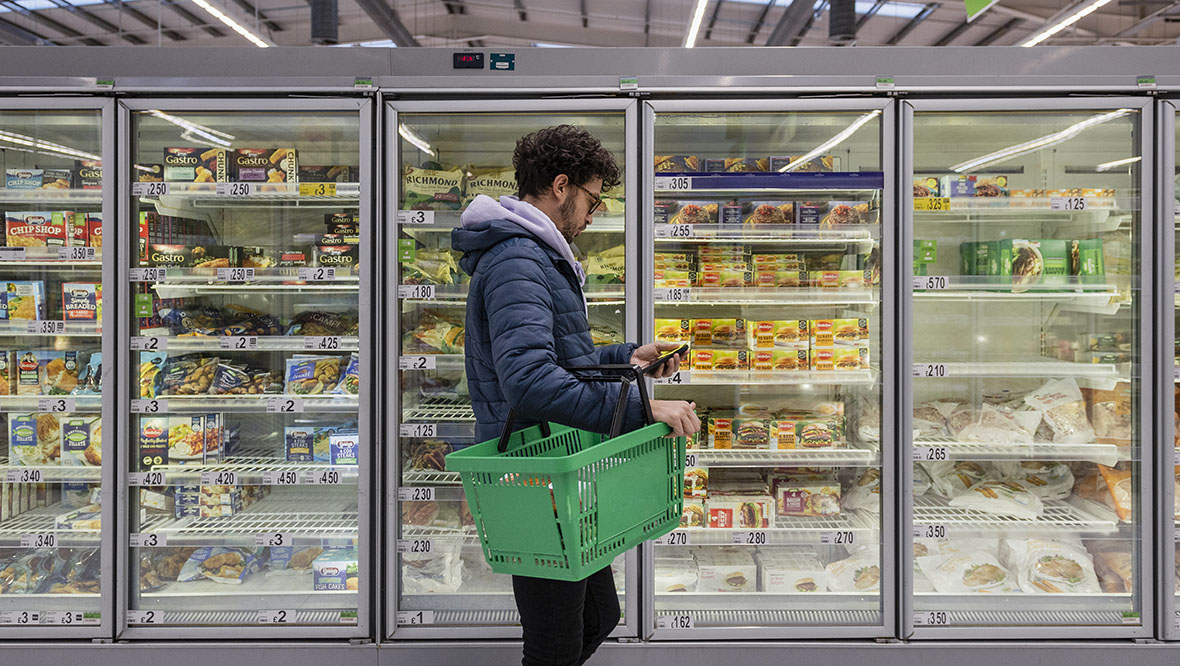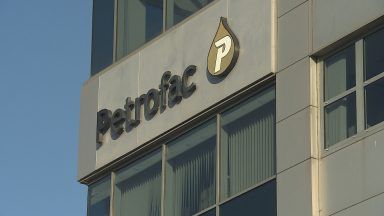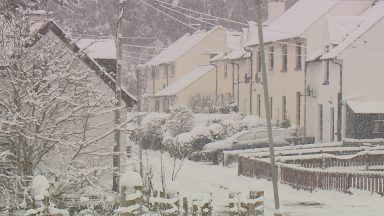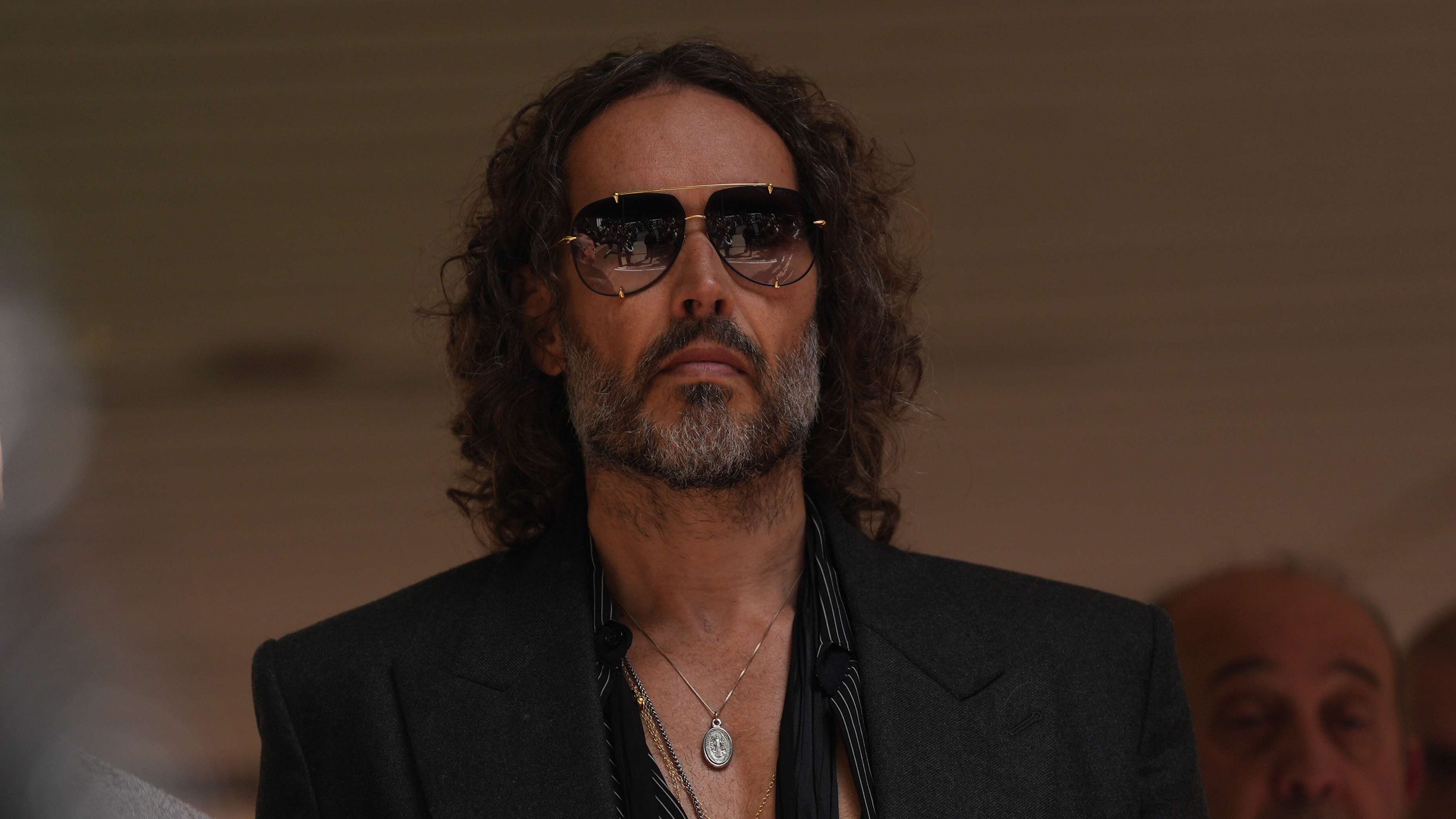The Bank of England has hiked interest rates to 1% as it warned the economy will go into reverse and that inflation will peak at more than 10% as the Ukraine war compounds a crippling cost of living crisis.
Members of the Bank’s nine-strong Monetary Policy Committee voted 6-3 to increase rates from 0.75% to 1% – the fourth time they have voted for a rise in a row and taking rates to a level not seen since 2009.
Three members called for a bigger increase to 1.25% due to worries over rocketing inflation, with the Bank ramping up its forecast for Consumer Prices Index (CPI) inflation to rise from 7% currently to over 10% in October – its highest level for 40 years – due to soaring energy prices.
In a grim set of forecasts, the Bank predicts growth will contract in the final three months of 2022 as the cost squeeze sees households rein in their spending.
The UK is set to narrowly miss a technical recession, as defined by two quarters in a row of falling gross domestic product (GDP), but the Bank forecasts very weak quarterly growth in 2023 and a contraction as a whole next year, with GDP falling by 0.25% and unemployment picking up sharply as cost pressures hit hard.
The prediction for growth in 2022 remains unchanged at 3.75%, although the Bank also slashed its growth outlook for 2024 to 0.25% from the 1% it predicted in February.
Sky-high inflation will see household disposable income plunge by 1.75% this year – the second highest on record – while overall real income will tumble by an unprecedented 3.25% this year and fall again in 2023 before beginning to recover, the Bank cautioned.
In minutes of the latest decision, the Bank said further rate hikes will likely be needed to cool rampant inflation.
Rising costs will hammer household and business finances, but the Bank said “this was something monetary policy was unable to prevent”.
Most of the Bank’s policymakers believe “some degree of further tightening in monetary policy might still be appropriate in the coming months”, the Bank added.
Financial markets predict rates will reach 2.5% by the middle of next year as policymakers battle to contain inflation.
But the Bank signalled rates may not rise as high as this given that this would likely leave inflation below the 2% target at the end of its forecast.
The report makes for painful reading, with household income under severe pressure, unemployment set to begin to rise and the wider economy on the brink of recession.
Growth of 0.9% was better than the Bank expected in the first three months of 2022, though this looks to be the calm before the storm.
It predicts the economy will flatline in the second quarter before dropping by nearly 1% in the closing three months of 2022 as the full force of the expected October energy price cap increase is felt.
While the rate of unemployment will ease back further to as low as 3.6%, it will jump back up to 5.5% within three years, according to the Bank.
The Bank will also start drawing up plans on how to begin selling off some of its £847 billion in Government bonds – built up as part of its quantitative easing programme launched amid the 2008 financial crisis.
It has already said it may consider starting active sales of the gilt portfolio once rates reach 1%, and it confirmed on Thursday it would provide a further update on the plans at its August meeting.
Follow STV News on WhatsApp
Scan the QR code on your mobile device for all the latest news from around the country


 iStock
iStock
























